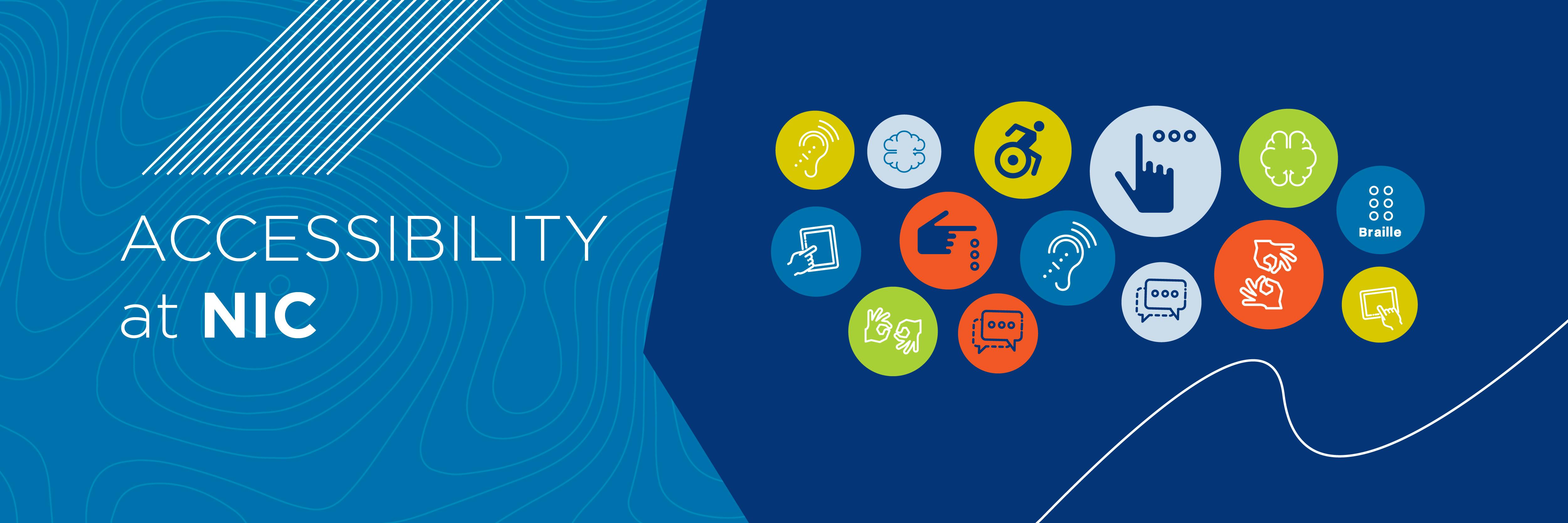What is a barrier to accessibility?
A barrier is anything that hinders the full and equal participation in society of a person with a disability.
Examples of barriers
The following is taken from Accessibility in the BC Public Service
Attitudinal barriers
When people without disabilities think and act based on false assumptions, such as:
- making decisions about people with disabilities without including them
- not believing that a person with a disability can contribute to the workforce
Physical barriers
When obstacles in an environment make it difficult to access, such as:
- hosting inaccessible events or meeting spaces
- a washroom with an accessible stall, but no automatic door opener
Information or communication barriers
When people with disabilities use different ways to communicate than people who do not have disabilities, such as:
- using small print or not providing large-print versions of materials
- videos, events or meetings that do not have closed captions
Systemic barriers
When an organization's policies, practices or procedures result in exclusion, such as:
- not providing American Sign Language interpreter or closed captioning
- requiring a driver's license for a job that could be reorganized to use another form of transportation
Technology barriers
When technology can't be accessed by people with disabilities, such as:
- websites, documents or databases are not accessible for screen readers
- website graphs and charts are posted without text to explain them
Sensory barriers
When sensory information such as lights, sounds, smells, etc. impede people with disabilities to participate in the environment, such as:
- co-workers wearing perfume in the workplace
- use of fluorescent lighting in the workplace


